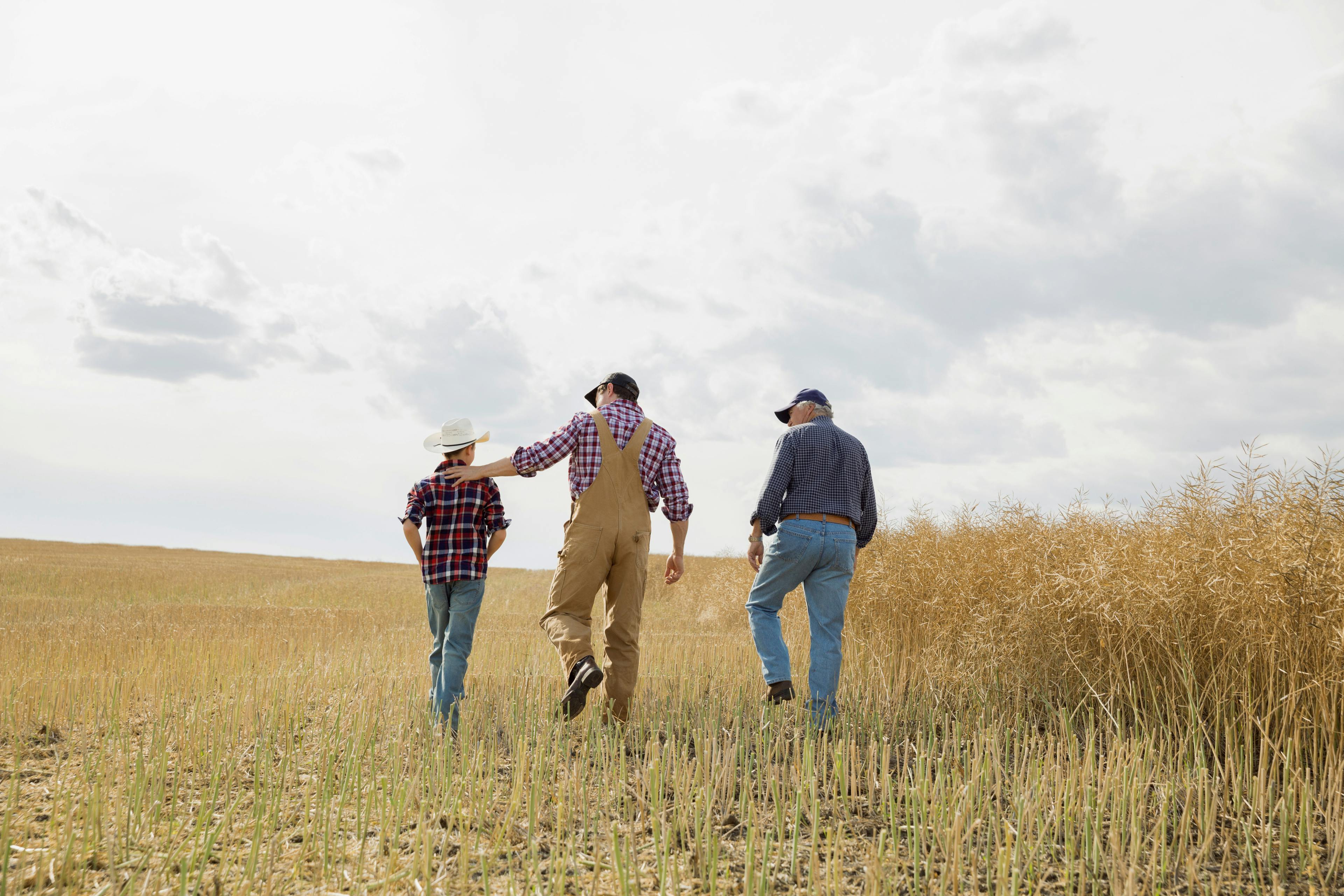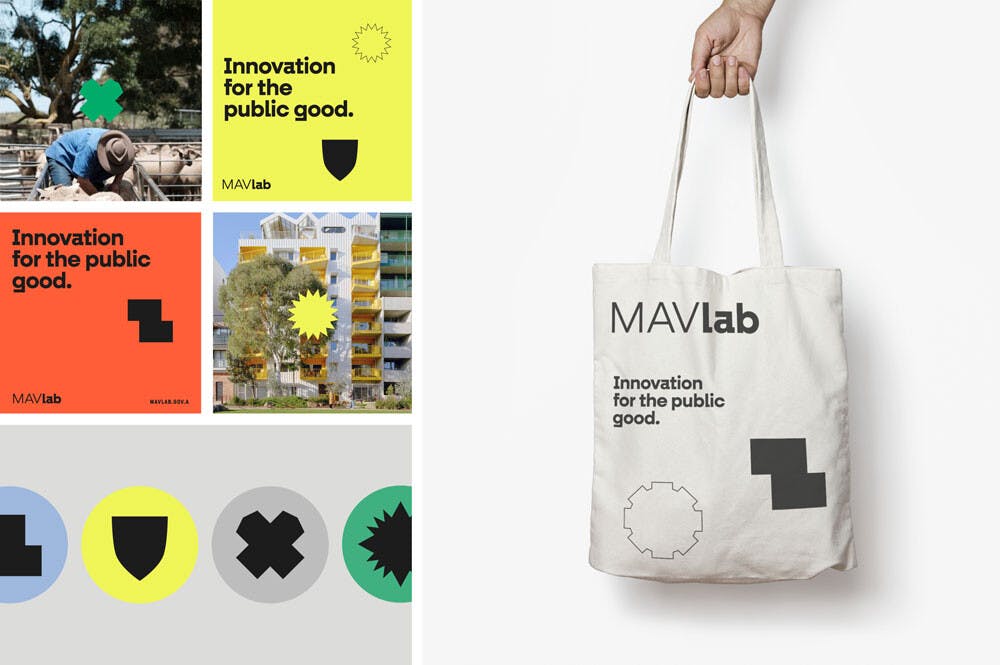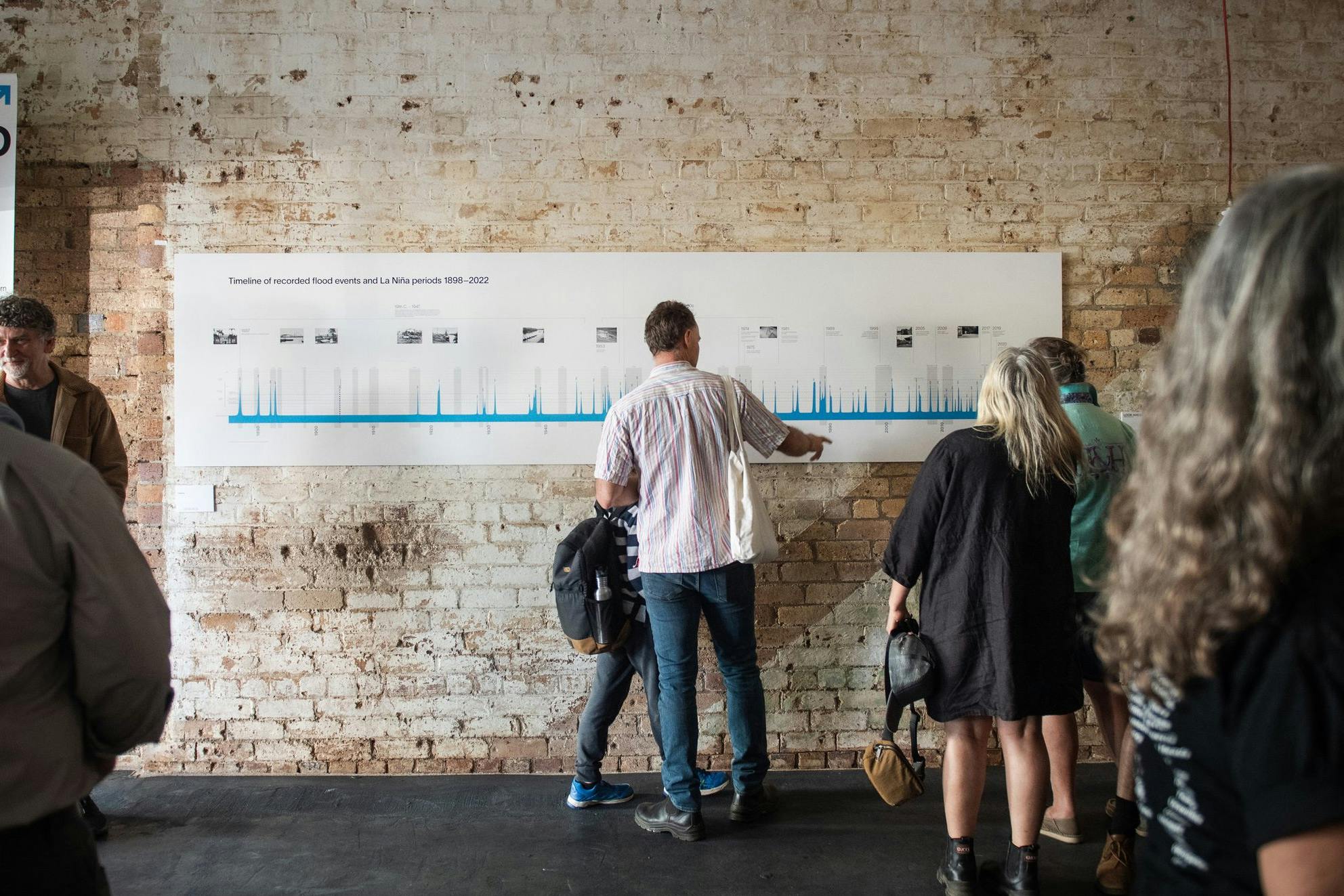Bendigo Bank
For over 160 years, Bendigo Bank has championed community development across Australia. Their pioneering Community Bank model revolutionised banking by putting money back into communities rather than extracting it, proving that financial institutions could be a genuine force for local prosperity. (If only the ‘Big Four’ would follow suit.)

Projects delivered:
Making a grassroots banking revolution make sense in a changing world.
"We loved how Ben took the time to truly understand us, our partners and our unique shared-value model. His connection to our story is beautifully reflected in the Fireside team’s final output."
- Robert Musgrave, General Manager Community Strategy & Social Impact, Bendigo Bank
The challenge:
At the heart of Bendigo Bank's community-first approach is the Community Bank model – a pioneering partnership that shares banking profits 50/50 between the bank and local communities. After more than 25 years, the model was going strong. But the story being told hadn't kept pace with how the model was actually evolving.
The challenge ran deeper than outdated language. Community Banks were moving from traditional banking branches into certified social enterprises, embracing digital innovation while maintaining local presence and expanding their impact beyond financial services. Yet the existing narrative remained anchored in the model's origin story, failing to capture this innovation.
On top of that, different stakeholders saw the model through completely different lenses, creating multiple perspectives on the model's purpose, scope and future direction. The ensuing communication complexity was compounded by growing misalignment between the bank and the Community Bank network leadership. Both sides valued the partnership deeply, but felt their contributions and constraints weren't fully understood or appreciated by the other.
Bendigo Bank needed a narrative that could acknowledge the model's evolutionary complexity while rebuilding the connection between partners and positioning the network for the future.
How we solved it:
We conducted more than a dozen interviews across Bendigo Bank's executive team and Community Bank network, digging into how different groups saw the model and where the communication was breaking down. The goal wasn't just to find out what was being said wrong, but to understand why people felt misunderstood in the first place
The turning point came through a workshop with the Community Bank leaders that showed us the huge range of views across the network. Instead of trying to make everyone agree, we built a story flexible enough to work for different audiences while keeping the core narrative strong and clear.
We completely reframed how the model was presented. Out went the old "we stepped in when other banks left" story. In came "we keep money in communities where it's earned”, positioning Community Banking as a smart economic strategy, not a charity. This shift transformed how people understood what made the model special and created a foundation for communicating emerging directions like digital banking options, regional collaboration models and expanded social enterprise activities.
We created different versions of the story for different audiences, whether they were branch staff, head office executives or community members. And we built practical tools like elevator pitches that could explain something truly innovative in 30 seconds or five minutes, depending on who was listening
The final toolkit, with the new Community Banking narrative at its centre, helped the head office and Community Bank network finally see themselves as genuine partners working toward the same goals, rather than two groups talking past each other.
Here’s what we learned:

Here’s what we learned:
- A dozen interviews will tell you more than a hundred strategy documents. The real insights live in the conversations people are actually having.
- The best narratives don't force alignment – they create space for different perspectives while keeping the core message strong.


